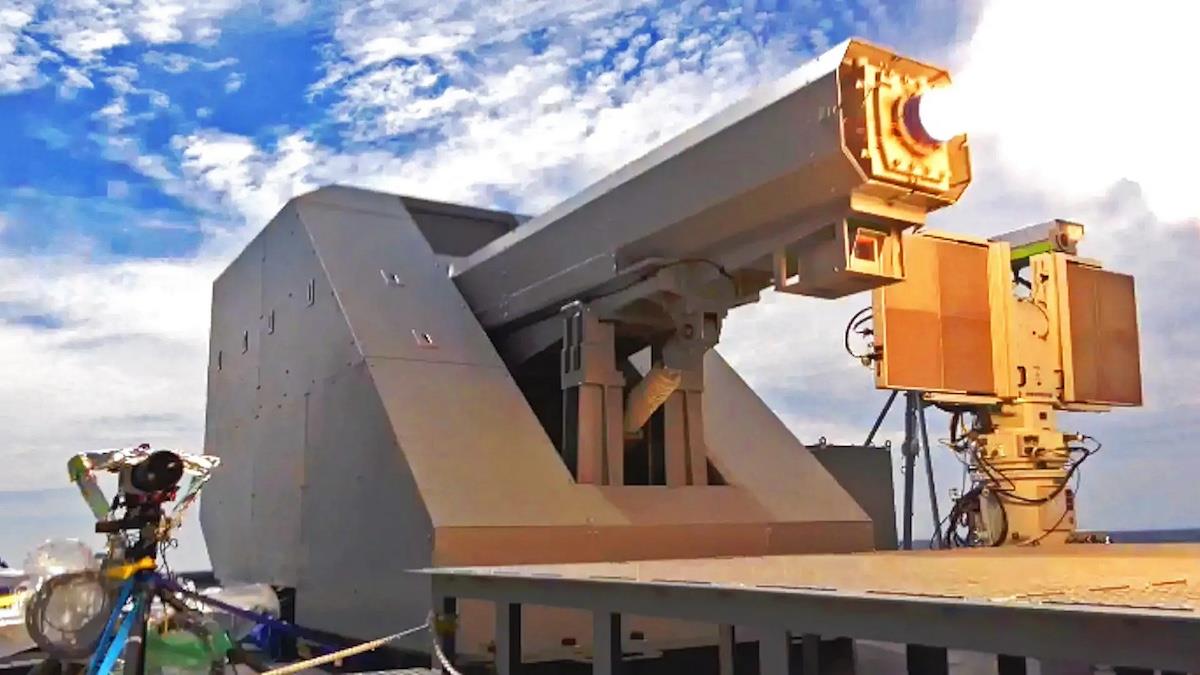
The Many Follies Of Trump's Golden Dome
While admittedly the holy grail of defense against ballistic missiles, the obstacles that plagued its discontinued predecessor,“Brilliant Pebble”, under the Strategic Defense Initiative, remain unaddressed.
The technological breakthroughs in launch capacity, decreasing costs of sending mass into space and faster data transfer have led to renewed hope for space-based missile defense. But the fundamental hurdle remains to be effectively overcome. Essentially, it's not a technology problem; it's a physics problem.
Recurrent interest in space-based missile interceptors (SBI) is driven by the motivation to neutralize the missile in the boost phase, contrary to the other air defense systems that intercept either in mid-course or the terminal phase.
This offers numerous advantages: it is substantially easier to detect and target as the booster has not detached yet, making the target bulkier; the plume from the burn makes it visible; its speed is slower compared to other phases; and the target has not hardened yet, making it more vulnerable.
Once the missile enters the midcourse, it deploys decoys with a similar radar cross-section (RCS) as the actual warhead, which float at similar trajectories, making it exponentially harder to achieve an effective kill.
Latest stories
Indonesia drains Danantara to keep a flagging Garuda flying

Climate sham: China has to get real, quit coal and pay up

Japan's railgun locked and loaded to kill China's hypersonics
Additionally, the deployment of multiple warheads in case of a Multiple Independent Re-entry Vehicle (MIRV) or zig-zag moment of hypersonic glide vehicles adds another layer of complexity to successful interception.
However, this lucrative promise is heavily outweighed by the drawback of what could be termed the absenteeism problem in physics. These satellites, carrying kill vehicles, must be stationed in Low Earth Orbit (LEO) to reach the target in the boost phase, which only lasts from 3 to 5 minutes after launch.
The fundamental problem is that objects in LEO cannot remain above a fixed point on Earth; they orbit the planet roughly every 90–120 minutes, moving relative to the surface.
To cover the entire stretch of potential launching points and establish a genuinely global air defense, a constellation of 950 satellites has to be deployed, according to conservative estimates. The estimated cost, according to the US Congressional Budget Office's estimates, is US$542 billion as opposed to the $175 billion claim by Trump.
Not only is the scaling dynamic flawed, but the system is also easy to defeat. If the enemy were to fire two missiles from the same area simultaneously, SBI solutions could only intercept one. To intercept two missiles requires 1,900 satellites.
With the addition of each missile, this number doubles, which is untenable. Besides, the enemy can simply punch holes in the chain by employing anti-satellite missiles, as the satellites can be tracked.
Furthermore, attempts to field even a limited number of SBIs for tests could pose a security dilemma for other states. These SBIs can be effective ASAT vehicles as they would require high thrust and maneuverability, allowing them to potentially reach and attack satellites in geosynchronous orbits.
This can trigger an arms race of satellite-based weapons as well as counter-space capabilities, resulting in a net effect of added insecurity for all, including the US itself, which depends heavily on its space capabilities.
Challenging the effectiveness of an adversary's deterrent would have profound strategic implications, at least insofar as it would either find qualitative ways to evade the newly developed defense architecture, or increase the number of their missiles to overwhelm the systems, or both.
Ultimately, durable security cannot be achieved alone but in concert with others, including the adversary, and perhaps the only way to prevent attacks and ensure long-term stability remains deterrence by punishment.
The proposal for SBIs has also triggered sharp international reactions. China has already fielded its own“golden dome” prototype, which is essentially an early warning system with enormous big data computation ability, that uses the present capabilities in a more integrated and efficient manner, rather than seeking new platforms for interceptors.

Sign up for one of our free newsletters
-
The Daily Report
Start your day right with Asia Times' top stories
AT Weekly Report
A weekly roundup of Asia Times' most-read stories
Criticizing the American approach, Beijing has asserted that SBIs would disturb“global strategic balance and stability” and turn“space into a war zone”, while Moscow has called it“very destabilizing.” The US desire to secure the homeland drives this saga, undergirded by the belief that technology could fundamentally alter defense logics.
Yet despite significant progress in almost all the technological components needed to improve the cost-benefit equation, the physical-and perhaps insurmountable-barriers remain as formidable as they were three decades ago.
The return to space-based interceptors thus reflects a recurring faith in technological solutions to strategic problems that are, at their core, governed by physics and deterrence. Rather than investing in an orbit-based missile shield that risks instability and imposes exorbitant costs, pursuing balanced security arrangements may offer a more sustainable path toward long-term stability.
Najam Ul Hassan is a research assistant at the Centre for Aerospace and Security Studies, Lahore, Pakistan. He can be reached at....
Sign up here to comment on Asia Times stories Or Sign in to an existing accounThank you for registering!
An account was already registered with this email. Please check your inbox for an authentication link.
-
Click to share on X (Opens in new window)
Click to share on LinkedIn (Opens in new window)
LinkedI
Click to share on Facebook (Opens in new window)
Faceboo
Click to share on WhatsApp (Opens in new window)
WhatsAp
Click to share on Reddit (Opens in new window)
Reddi
Click to email a link to a friend (Opens in new window)
Emai
Click to print (Opens in new window)
Prin

Legal Disclaimer:
MENAFN provides the
information “as is” without warranty of any kind. We do not accept
any responsibility or liability for the accuracy, content, images,
videos, licenses, completeness, legality, or reliability of the information
contained in this article. If you have any complaints or copyright
issues related to this article, kindly contact the provider above.


















Comments
No comment